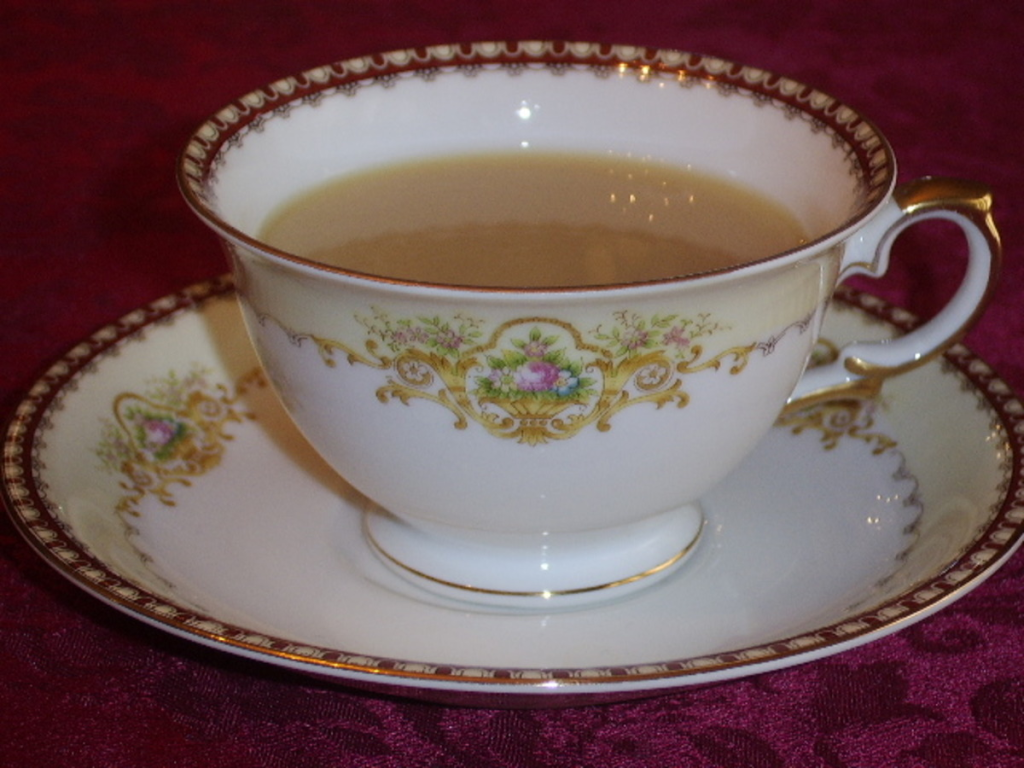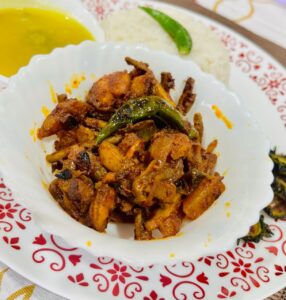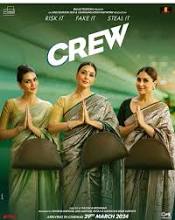My Cup of Tea

Tea or chai is not only a hot beverage but it brews different emotions and feelings for different people. On the occasion of International Tea Day observed on May 21st, tea conjures up a lot of memories for me of times spent with my beloved father. We as a family are fond of tea and can slurp on it at any time of the day – with or without any reason. My father was a learned man and had a deep knowledge of various subjects. He could speak impromptu on any topic and hence was given the title of “walking talking encyclopedia” by all known to him. Guzzling over cups of tea, he used to love sharing his knowledge on various subjects with his children and grandchildren surrounding him. Our erudite discussion or sometimes a monologue used to flit from one subject to the other while sipping and relishing different types of tea. His engaging narration of historical events used to make us gallop down in the alleys of history and it could be of any trivial thing in this world, including tea. His narration of the Boston Tea Party episode of 1773 and how it brewed Americans to agitate against the monopoly of East India Company and taxation on tea is still etched in my mind. Now that my father is no more, I miss his sessions of chai pe charcha on diverse topics and tea also does not taste the same as before!!
Tea also infuses nostalgia in me thinking about the innumerable train journeys undertaken during the summer and winter holidays of school. The train journey was one of the occasions when we could have tea as a substitute for milk. Any train travel was incomplete without sipping tea from the kulhads. The earthy flavor and aroma emanating from the rustic unassuming clay cup was irresistible and its taste was not even close to the tea served in the finest of the Bone China ware served at any 5-star hotel in the world. It was the most hygienic, environmentally friendly, and healthy way to have tea compared to the present-day Styrofoam cups. Unfortunately, kulhad has also become history and we need to revive it.

As a child, I used to look forward to having flu as that was another occasion when we were offered tea. It used to be specially prepared tea with ginger, pepper, tulsi, and tea leaves simmered for a long time with extra milk and sugar. This special tea used to be an incentive during short illness. I have continued this tradition for my children too. During two years of the COVID pandemic, we as a family regularly consumed this special infusion of herbs and tea. I consider this to be my magic potion which probably kept the deadly virus at bay for us. Due to its therapeutic properties, tea has become an everyday drink the world over.
Tea has always been my go-to drink at all times – happiness, sadness, or even on a normal day! A good cup of tea in the morning kick-starts me to face the grind of a new day. The definition of “a good cup of tea” varies from person to person. There are die-hard fans of different types of teas – ginger tea, masala chai, English breakfast tea, green tea, white tea, Earl Grey, Kashmiri kahwa, cardamom tea, lemongrass tea, etc. Then there is another drink which has the name of tea but there is not a hint of tea leaves in it and any party is incomplete without it. Yes, you guessed it right – Long Island Iced Tea, a cocktail drink made with vodka, tequila, light rum, triple sec, gin, and a splash of cola.
There are differences in brewing styles too – some like tea leaves and creamy milk simmered for a long time while some love to separately add milk to the tea infusion. There is another class of health-conscious people who add lemon instead of milk to their tea infusion. Tea can be consumed in different ways in different regions – a person in Ladakh would prefer a steaming bowl of cha with yak butter in it while a person in Mumbai would prefer hot “cutting chai”. The “feeling of satisfaction” of having a good cup of tea is declared only when people have their type of tea brewed to perfection. For a tea lover, a day without the perfect cup of tea is equivalent to a bad day.

A humble cup of tea has become the most preferred beverage these days. Earlier tea was considered to be a drink of the masses available mainly at dhabas and tapris while coffee was its superior cousin. In the last few years, the status of tea has upgraded with the opening of tea cafes, kiosks, and amrutalayas. It has become a popular and fashionable drink bringing people together with its warmth and acts as a catalyst to make a new acquaintance or keep the bonds of friendship intact. Without pinching the pocket, it stimulates good conversation, uplifts the mood, and rejuvenates a fatigued body. Studies have shown that a 20-minute tea break at the workplace improves employee efficiency. A cup of tea, even on a hot day has a better calming and invigorating effect than a glass of alcohol. Unlike alcohol, tea can be consumed by one and all, irrespective of age, time, place, and culture.
British people’s love for tea can be seen in the English language. Tea has steeped the English language with many interesting expressions related to tea like:
- All the tea in China
- Not my cup of tea
- Tea leaf
- Tea time
- Spill the tea
- Tempest in a teapot
“Tempest in a teapot” reminds me that my kettle has been brewing tea for a long time. It is time to quench my tea cravings. Please join me for a good strong cuppa and we can continue further with our chai ki charcha.

– Nivedita Chitnis, a writer and editor from India, works as a corporate HR Generalist and has contributed to co-authoring books as well as writing for Indian newspapers









